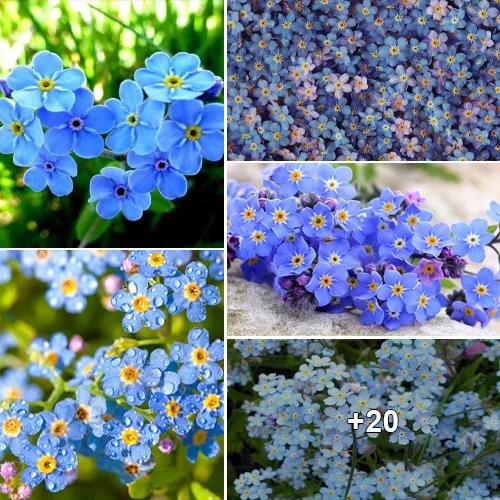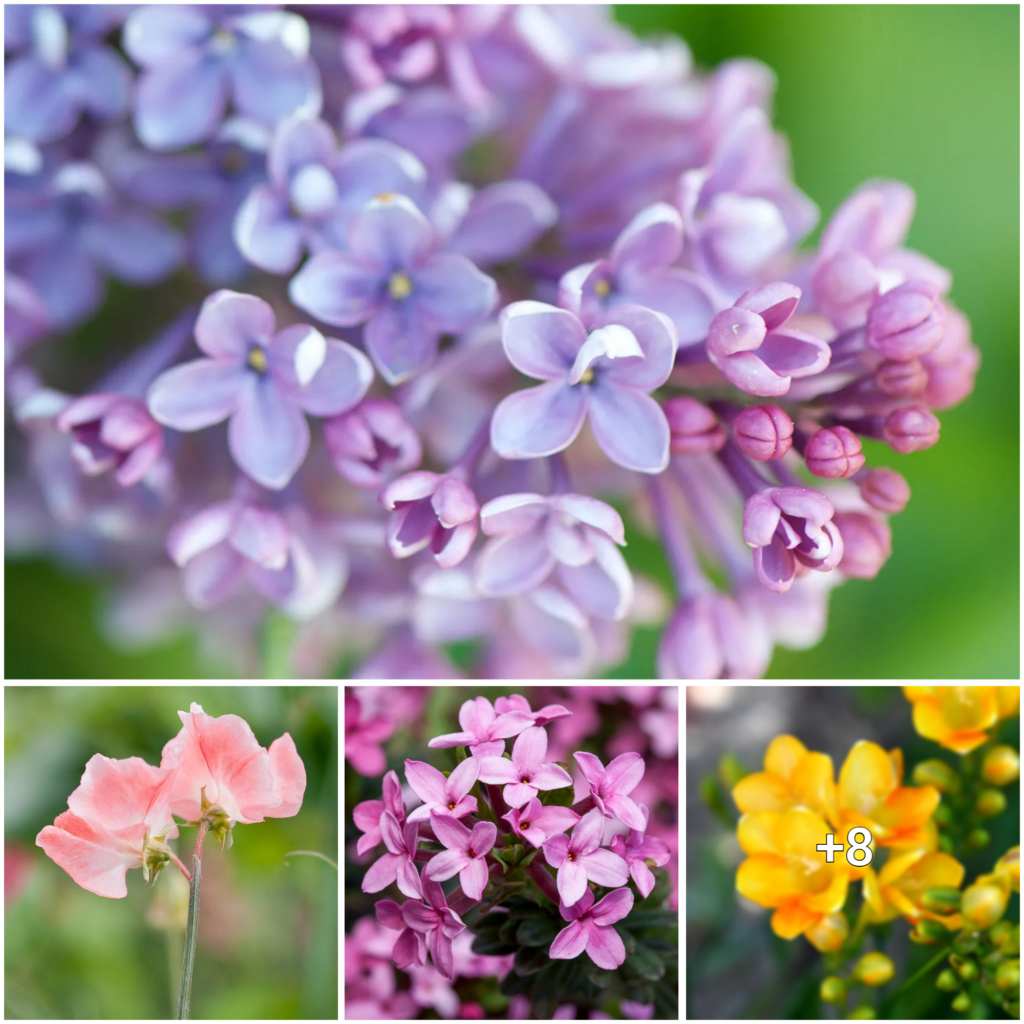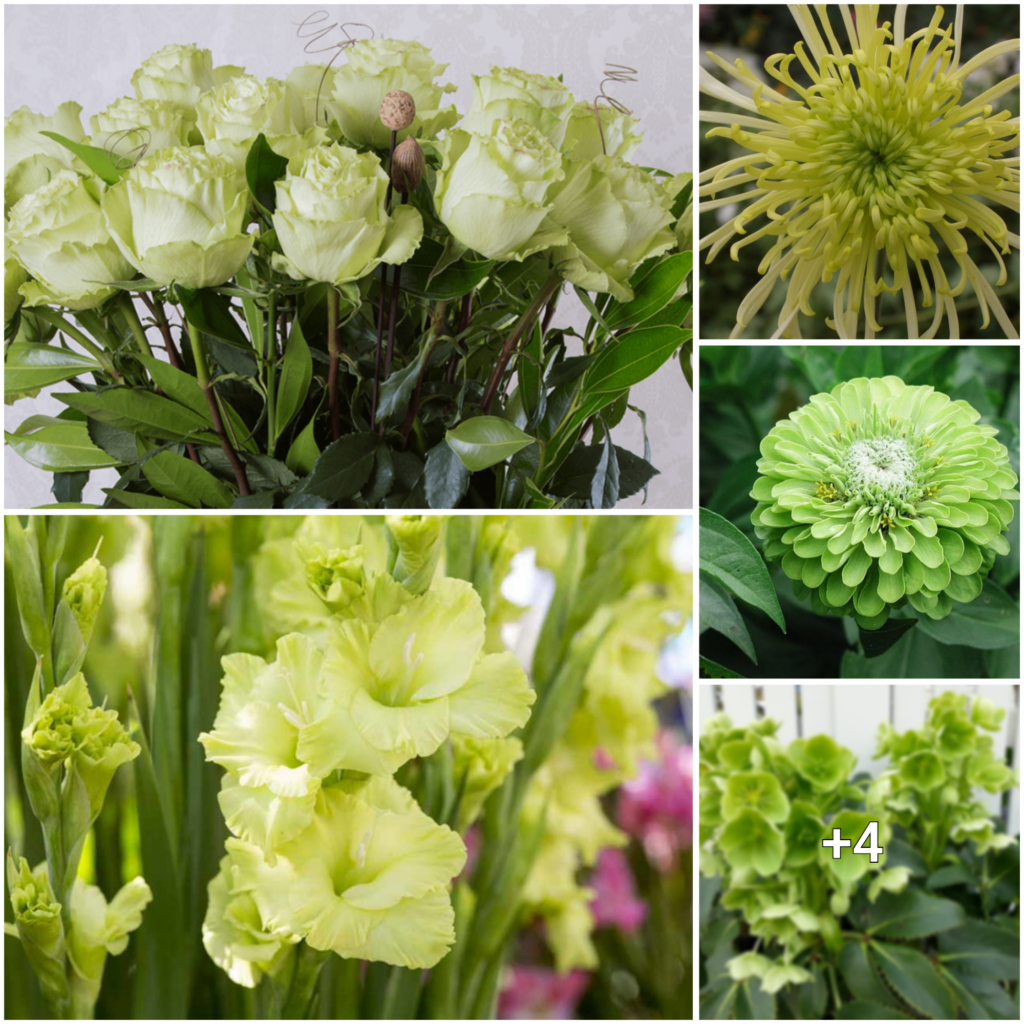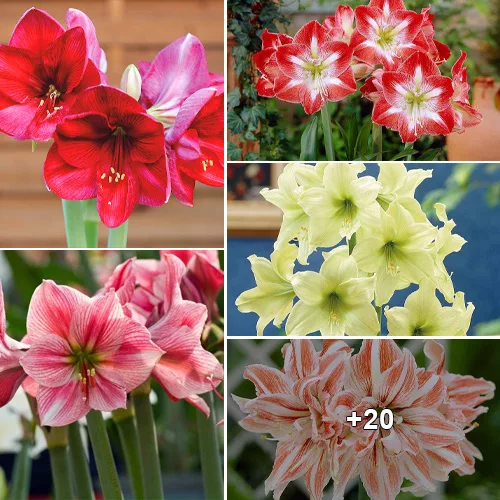For centuries, the poppy flower has been a beloved addition to gardens and fields due to its delicate paper-like petals and bright, vibrant colors. Despite its reputation being tarnished by its connection to the opium trade and the “everlasting-sleep” scene in The Wizard of Oz, not all poppies deserve a bad rap. With over one hundred different varieties and colors available, the poppy flower is an excellent way to add a pop of color to your garden.
Dating back to 2700 BC, the history of the poppy flower is well-documented. It was initially grown and cultivated in the Mediterranean Basin for its medicinal and recreational purposes primarily as a mild sedative. Currently, the poppy flower is found all over the world, and its pain-relieving properties are the foundation for extracting morphine and codeine.
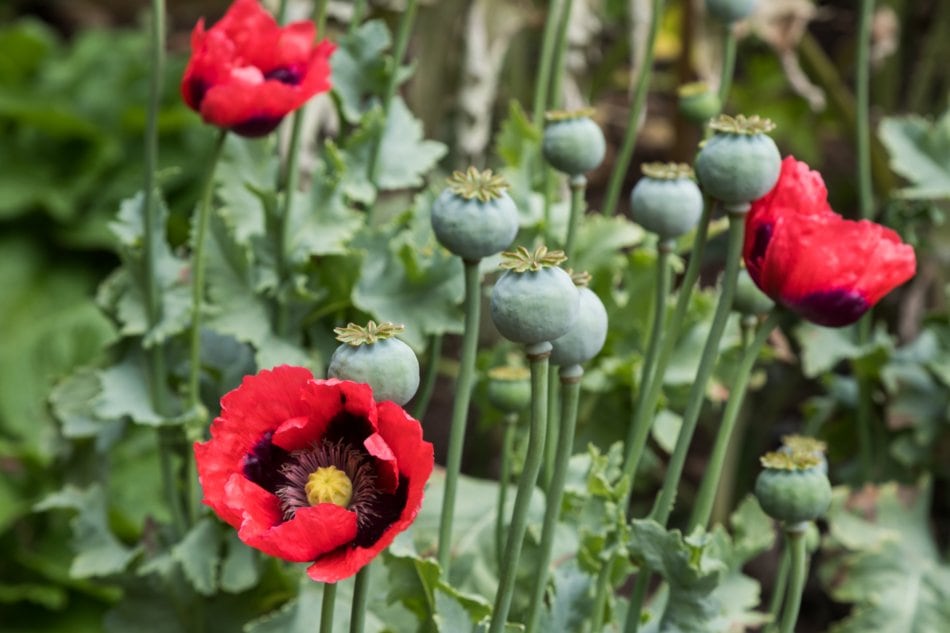
During the summer season, red opium poppies and their seed pods or heads can be found in English gardens. These flowers have a rich history in ancient mythology and medicine. The Egyptians placed poppies in their tombs thousands of years ago and associated them with gods, incorporating them into their jewelry and furniture. The Greeks believed that poppies possessed health and strength benefits, and athletes would consume a mixture of poppy seeds, honey, and wine to improve performance.
In Greek mythology, the poppy flower was linked to Morpheus, the god of sleep and dreams. The drug morphine, which is derived from poppies, was named after this Greek god. The myth of Demeter, the goddess of agriculture and harvest, involved her receiving poppies from the other Greek gods to help her sleep after her daughter was abducted by Hades. Poppies were also associated with Hypnos, the god of sleep, and Nyx, the goddess of night.
The Assyrians referred to the poppy as the ‘daughter of the fields’ due to its connection with agriculture and its ability to provide nourishment to the soil and grains. The poppy represented life, fertility, and death. During times of war and conflict, poppies took on a new symbolism. They were one of the first plants to regrow on battlefields due to the optimal soil conditions for their growth. This led to the red poppy becoming a symbol of remembrance and hope, particularly for soldiers who sacrificed their lives.
The famous poem “In Flanders Field” by war veteran John McCrae mentions poppies, further cementing their significance in memorializing those lost in war. Today, the poppy continues to carry a message of peace and sacrifice.
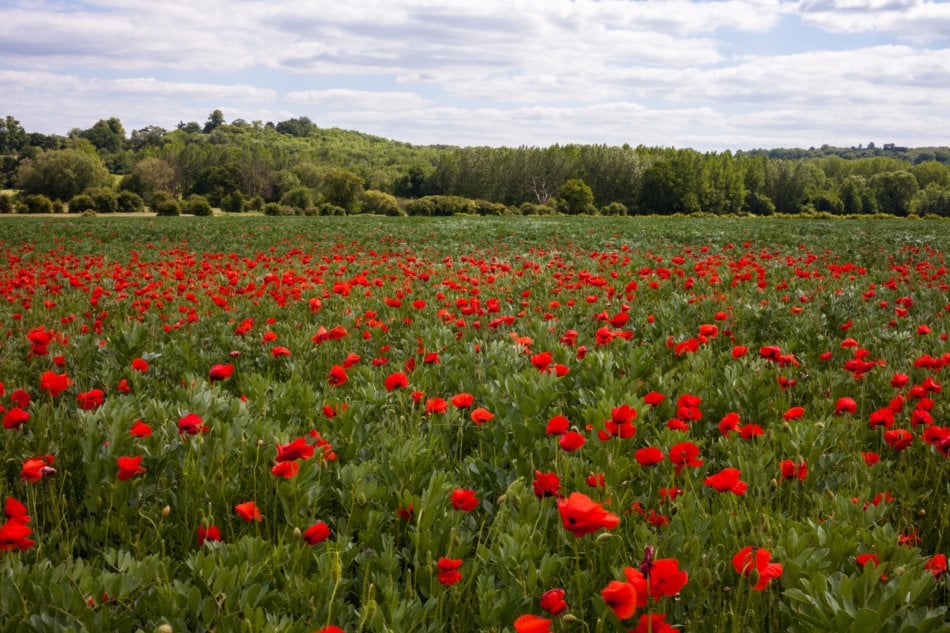
A photo of a field of red poppies captured on a cloudy day in Berkshire, UK. The red poppy has become a symbol of remembrance for fallen soldiers and is worn on Remembrance/Armistice Day in the UK and Canada, as well as on Memorial Day in the United States. This particular variety of flower is commonly referred to as the “red corn” or “common” poppy.
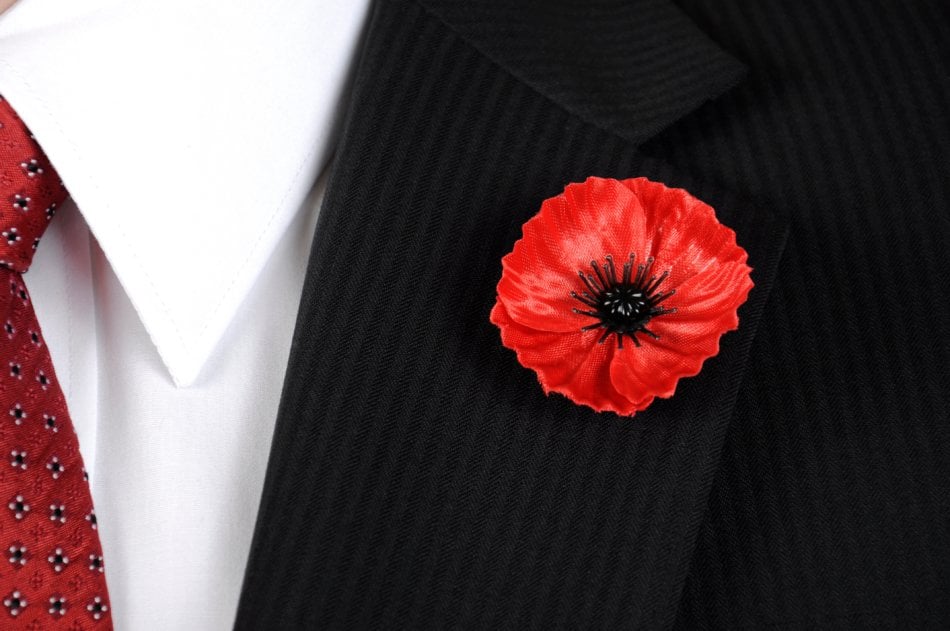
On Armistice Day, a commemorative event known as Red Poppy for Lest We Forget becomes customary. This event involves wearing a red poppy on the buttonhole of one’s suit in honor of those who lost their lives in war.
When it comes to growing poppies, it’s an easy task that anyone can do, even if you’re an amateur gardener. Poppies are annuals and short-lived perennials, but their ability to self-seed prolifically gives them the persistence of wildflowers. Despite their delicate appearance, their crepe-like blooms are drought-resistant and can grow well in poor soil.
If you want to start growing poppies, you can either begin indoors or sow them directly into your garden or planter soil. To start them indoors, you need cool temperatures and light for germination. Simply start by planting the seeds in moist seed-starting soil, gently pressing them into the surface, and lightly misting them to keep the soil moist. After sprouting, thin them to one seed per cell, and once they have a few leaves, harden them off and replant them one foot apart to prevent overcrowding. Be careful with the fragile roots! If you want to avoid losing the tiny seeds during planting, mix them with sand and use a large-holed salt shaker to sprinkle a layer of seeds over your planting area. Alternatively, you can save the pods and shake the seeds into your garden.
Poppies flourish in full sun and well-drained soil and require little water once they have settled into the ground. Too much water can produce tall and spindly growth. Deadheading spent flowers encourages regeneration, so be sure to remove any blooms that are no longer viable.
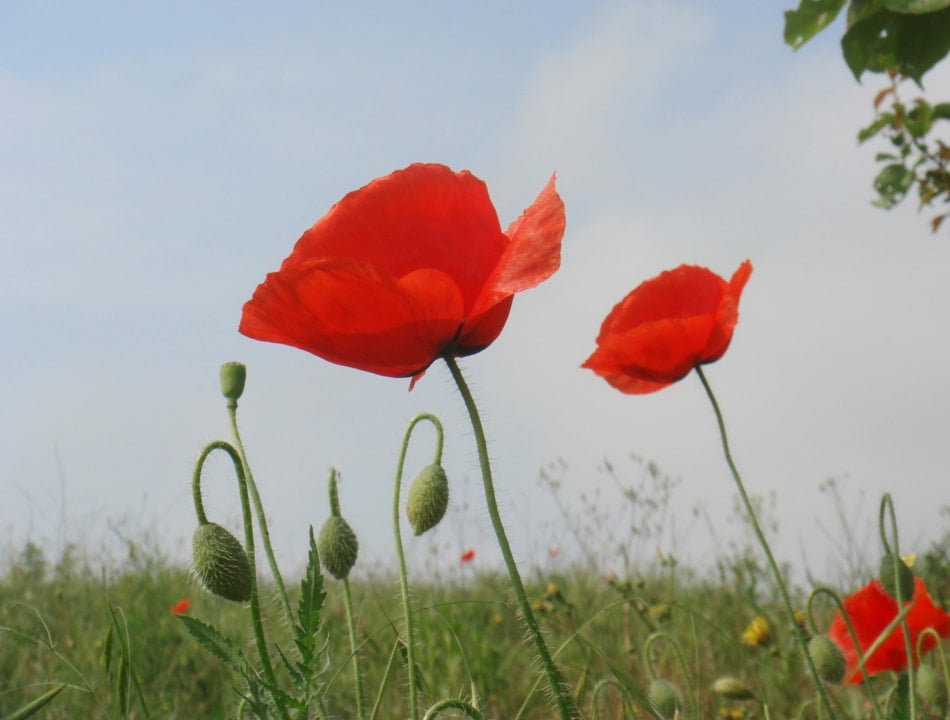
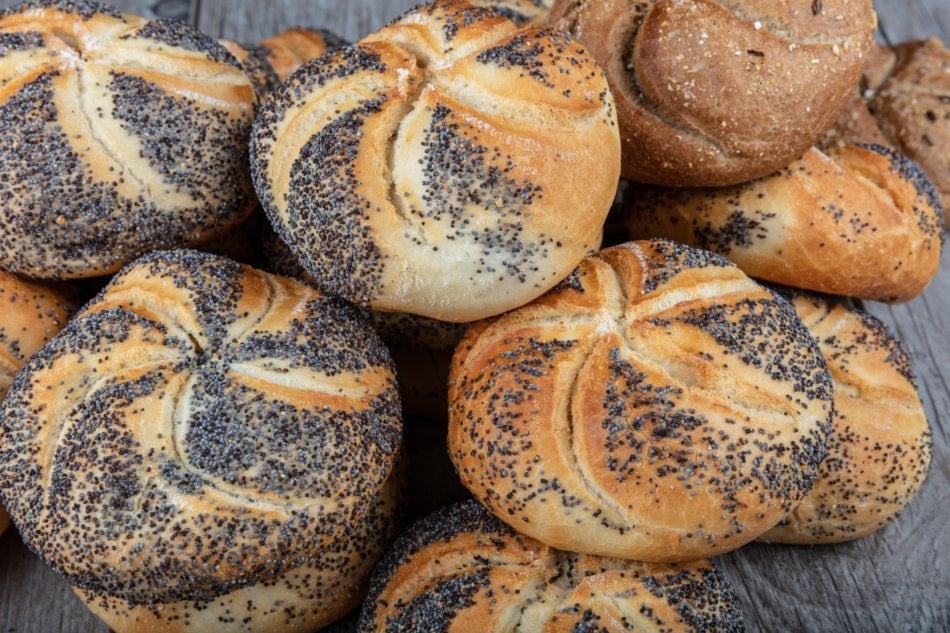
You can enjoy the classic poppy seeds on your favorite bagels and bread without any worry, as they have undergone thorough cleaning to ensure they are free from harmful residues and safe for consumption.

